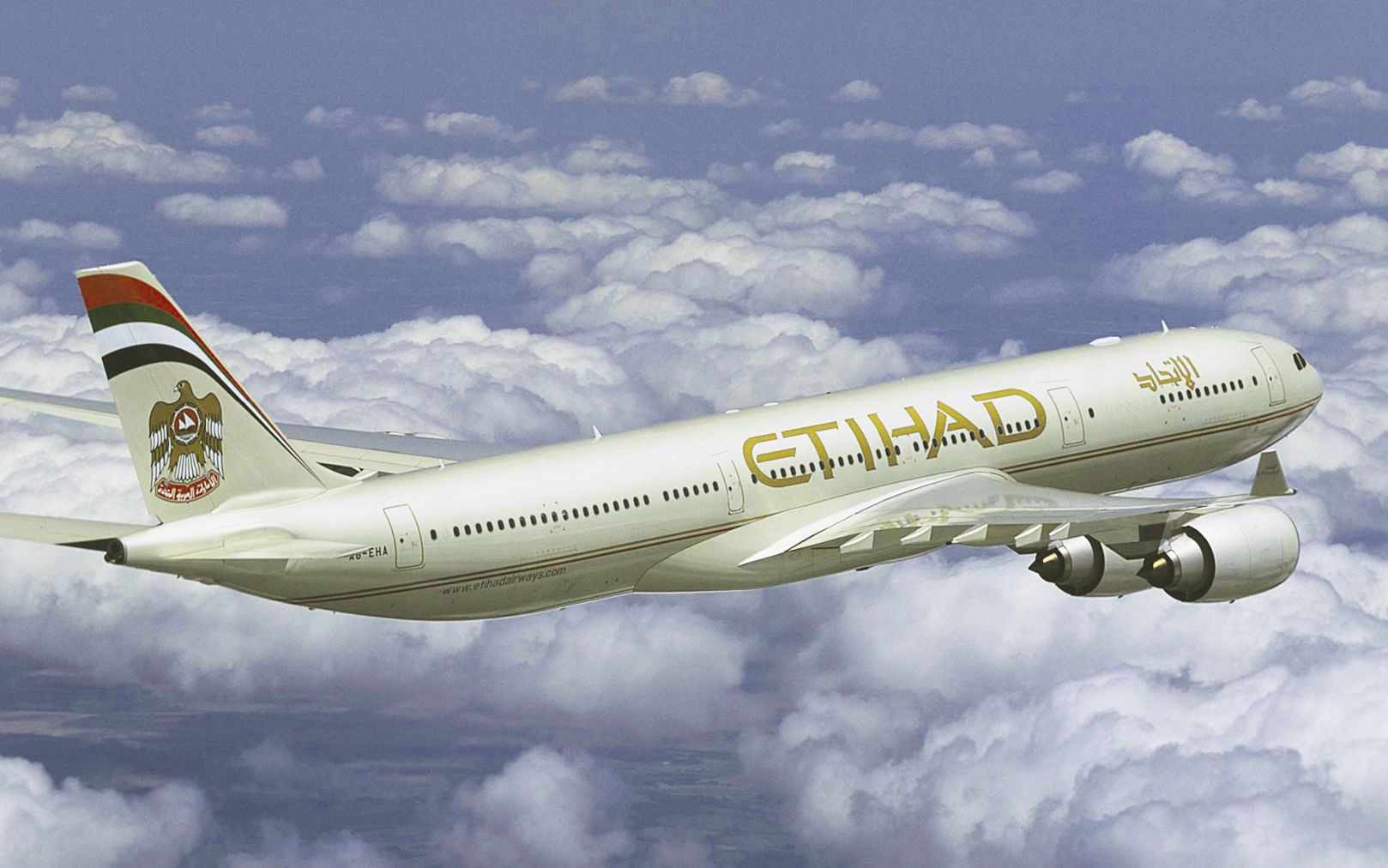Etihad Airways and sustainable development strategy
Thời sự - Logistics - Ngày đăng : 09:19, 27/08/2014
Founded in 2003, the national airline of the United Arab Emirates - Etihad Airways- has been considered as the fastest growing one in the history of trade aviation.

KEEP SUSTAINABLY DEVELOPING
In 2013, Etihad Airways developed its business strategies with various forms of development: connecting flights with partners, capital contributing with alliance to possess enterprises and relevant airlines, and franchising.
With its strategies, Etihad gained shares in Airberlin, Air Seychelles, Virgin Australia, and Aer Lingus, 24% of shares of Jet Airways, India. It also held 49% share of Air Serbia from January 2014.
The airline from Middle East has had impressive records in business. Particularly, it reached the input of USD 6bn in 2013, with recorded net profit of USD 62m- a 48% increase year-over-year, marking three succeeding years of remarkable development.
What is more, Etihad has increase its global cargo capacity to record level, putting itself in top 10 of ailines operating in cargo transport in April and May this year, according to WorldACD.
Particularly, in April 2014, Etihad transported 44,730 tons of cargo worldwide, an increase of 30% year-over-year, 48,869 tons in May, an increase of 31% year-over-year and of 9% compared to the previous month.
Etihad has also had “green” achievements of the sustainable development of the air transport sector, including more efficient use of fuel, reducing carbon emission by optimizing flight technique, reducing planes’weight and investing in more advanced planes.
Besides, Etihad with its partner Sustainable Bioenergy Research Consortium has announced an important discovery: a plant in desert fed with sea water can produce bioenergy, which is more effective than other known ones. This can pave the way for the use of another alternative energy in the future.
Their sustainability strategy has supported a 24 per cent efficiency improvement across our passenger fleet since 2006, double the industry target of 1.5 per cent efficiency improvement per year.
ETIHAD’S DEVELOPMETN IN VIETNAM
After 10 years of operation, the Etihad’s fleet of 86 Airbus and Boeing has been present at 97 places worldwide, with 1,000 flights/ a week. The main transshipment point is at Abu Dhabi. Vietnam has been a destination of the airline from Middle East for the past 5 years with the cooperation between Etihad and Vector Aviation to operate in the field of cargo. Vector Aviation has been known as a general agency and distributor of 32 international airline in Vietnam and in Southeast Asia , including Etihad. Vetor has been assigned as Etihad’s cargo general agency for 5 years.
In Hanoi, Etihad has had increasing amount of cargo transported annually. After the first two years, Etihad had had impressive amount of cargo transported for the past two years: 340 tons of cargo in 2013 and 380 tons in the first half of 2014. With the plan of puttin Airbus A330F into operation in Hanoi, it is expected that the total amount in 2014 can reach 2,700 tons – a 7.9-time increase compared with that in 2013.
As scheduled, Etihad will put Airbus 330 Freighter with capacity of 60 tons/ flight and two flights/ week (on Thursdays and Sundays) in operation in Hanoi, mainly to the area of Middle East (Dubai, Shajah, Kuwait, Riyadh, Jeddah…), Europe (London, Paris, Frankfurt, Charles de Gaulle...), the U.S(Chicago, Newyork, Los Angeles,Toronto), Africa(Johannesburg, Casablanca, Nairobi, Lagos...) and South Americ (São Paulo…)
Besides, since October 2013, Etihad has officially opened direct flights to HCMC, using wide-body Airbus 330-200 for passenger and cargo transport with a flight daily with total volume of 12-15 tons.
Mr. Do Xuan Quang- General Director of Vector Aviation- said that UAE has been so for the largest export market of Vietnam in the Middle East. Bilateral trading has remarkably increased in the past few years, bilateral export in 2012 reaced the recorded level of USD 2.38 bn and doubled in 2013 with USD 4.46bn.
